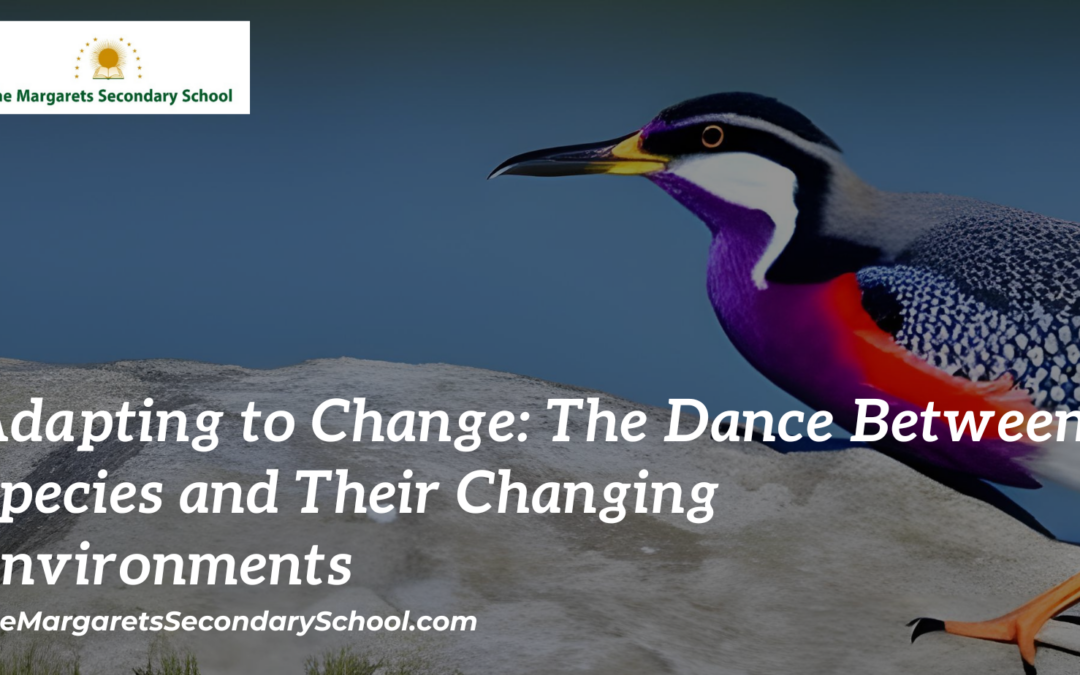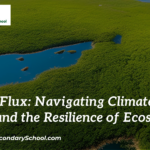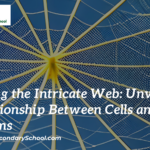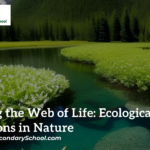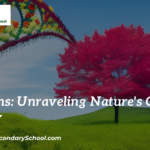Adaptation and environmental change
The Earth’s dynamic ecosystems are in a constant state of flux, driven by natural processes and, increasingly, human activities. Within this ever-changing backdrop, species must adapt to new environmental conditions to ensure their survival and reproduction. Adaptation, a biological phenomenon that enables species to adjust to shifts in their surroundings, plays a pivotal role in the intricate balance of life. This article explores the remarkable strategies and challenges of adaptation in the face of environmental change.
The Dance of Adaptation
Adaptation is the process by which organisms evolve traits that enhance their fitness in a changing environment. This process operates through the mechanism of natural selection, favoring traits that confer advantages for survival and reproduction. Species with adaptive traits are more likely to thrive, reproduce, and pass on their beneficial traits to the next generation.
Types of Adaptations
- Structural Adaptations: These involve physical changes in an organism’s body that enable it to better survive and reproduce. Examples include the thick fur of arctic animals, the camouflage of chameleons, and the specialized beaks of birds for various feeding strategies.
- Physiological Adaptations: Organisms can adjust their internal processes to cope with changing conditions. For instance, some desert plants have evolved water-storing mechanisms to survive in arid environments.
- Behavioral Adaptations: Changes in behavior can also aid in adaptation. Migration, hibernation, and altered feeding patterns are examples of behaviors that help species cope with seasonal or environmental changes.
Environmental Change and Adaptation
- Climate Change: One of the most pressing challenges today is rapid climate change. Many species are forced to migrate, alter their breeding seasons, or modify their habitats to track shifting temperature and precipitation patterns.
- Habitat Loss: Urbanization, deforestation, and other human activities often lead to habitat loss. In response, some species adapt to urban environments, exploiting new food sources like garbage, while others struggle to survive.
- Pollution and Toxins: Pollution can drive adaptation as well. Some populations develop resistance to pollutants, although these adaptations might come at the cost of reduced fitness in other aspects of their lives.
Challenges of Adaptation
- Pace of Change: The speed at which environmental changes are occurring can outpace the ability of some species to adapt, leading to population declines or extinctions.
- Trade-offs: Adaptations might involve trade-offs between different traits. For example, an adaptation that enhances survival in one context might hinder reproduction in another.
- Complex Ecosystems: The interconnectedness of ecosystems can complicate adaptation. If one species adapts, it can have cascading effects on other species it interacts with.
Human Intervention and Conservation
Humans have the power to both drive and mitigate environmental change. Conservation efforts can aid species in adapting to new conditions. Strategies include creating wildlife corridors, protecting diverse habitats, and reducing pollution. In some cases, human intervention might involve assisted migration, where species are moved to more suitable habitats.
Conclusion
The story of adaptation is a testament to the remarkable diversity of life on Earth and its ability to persist in the face of environmental challenges. As our planet continues to change, understanding the intricacies of adaptation becomes crucial for preserving biodiversity and ensuring the well-being of all species, including our own. It is a reminder that the dance between species and their changing environments is a complex but awe-inspiring journey that shapes the tapestry of life.

